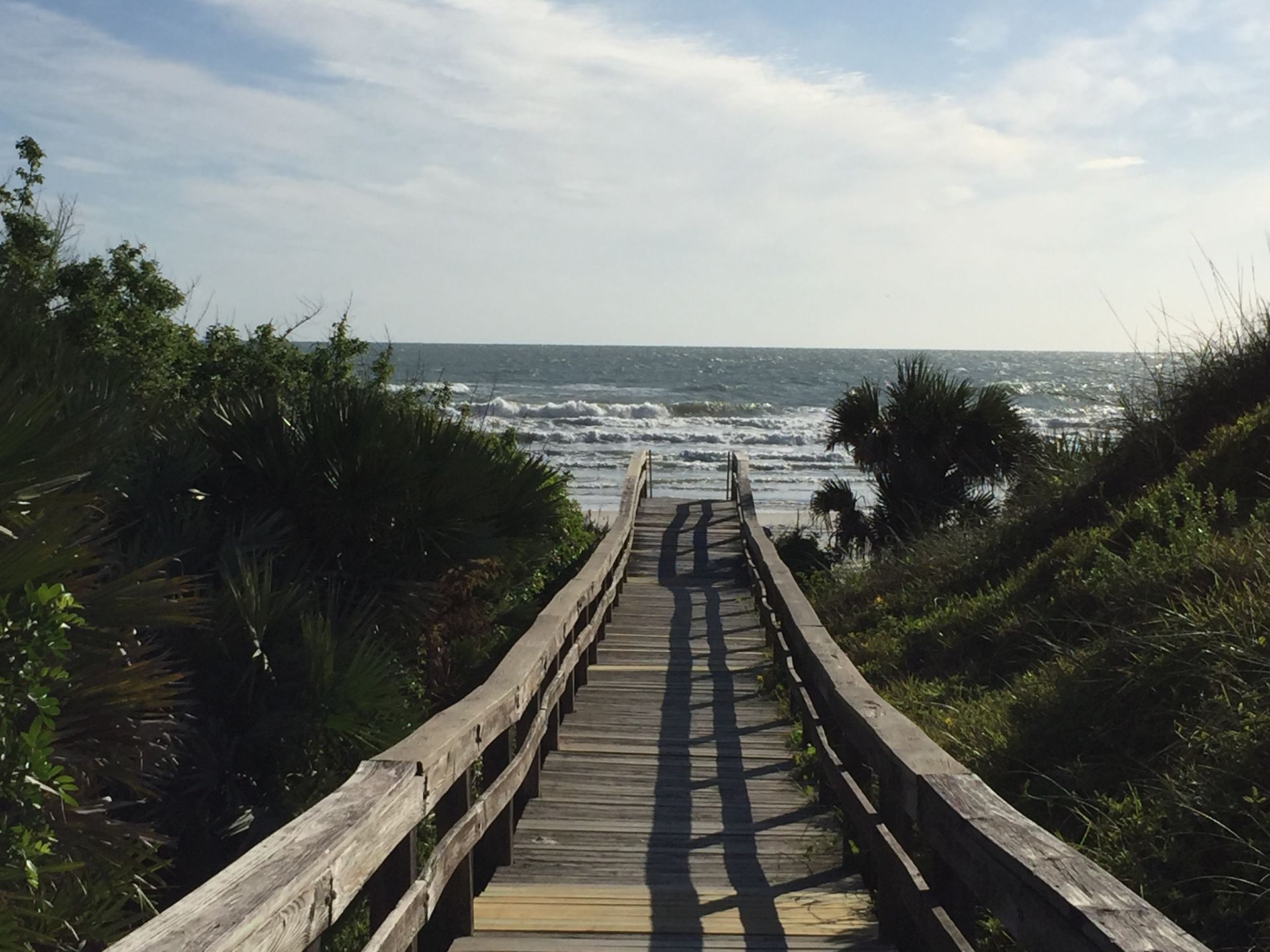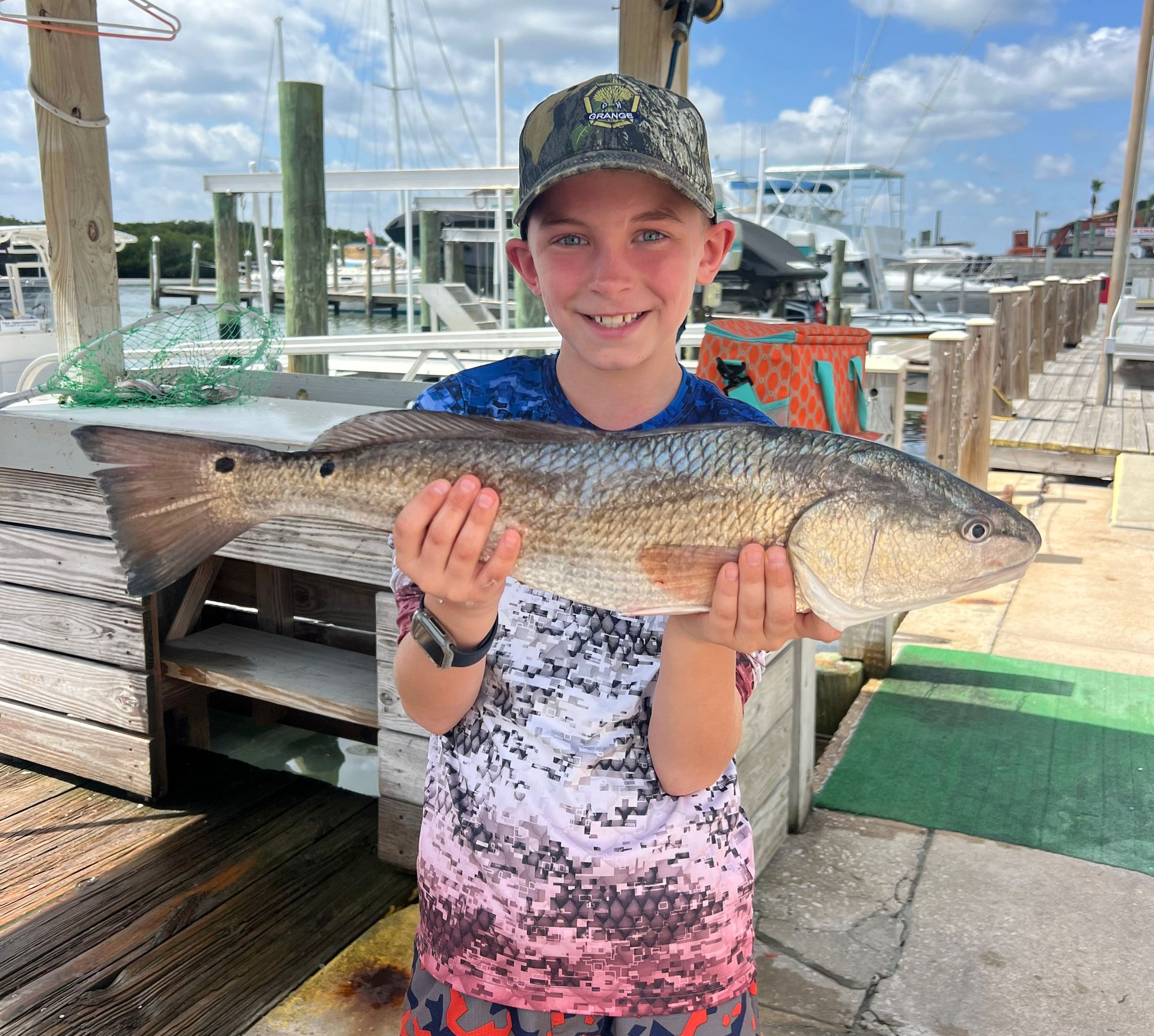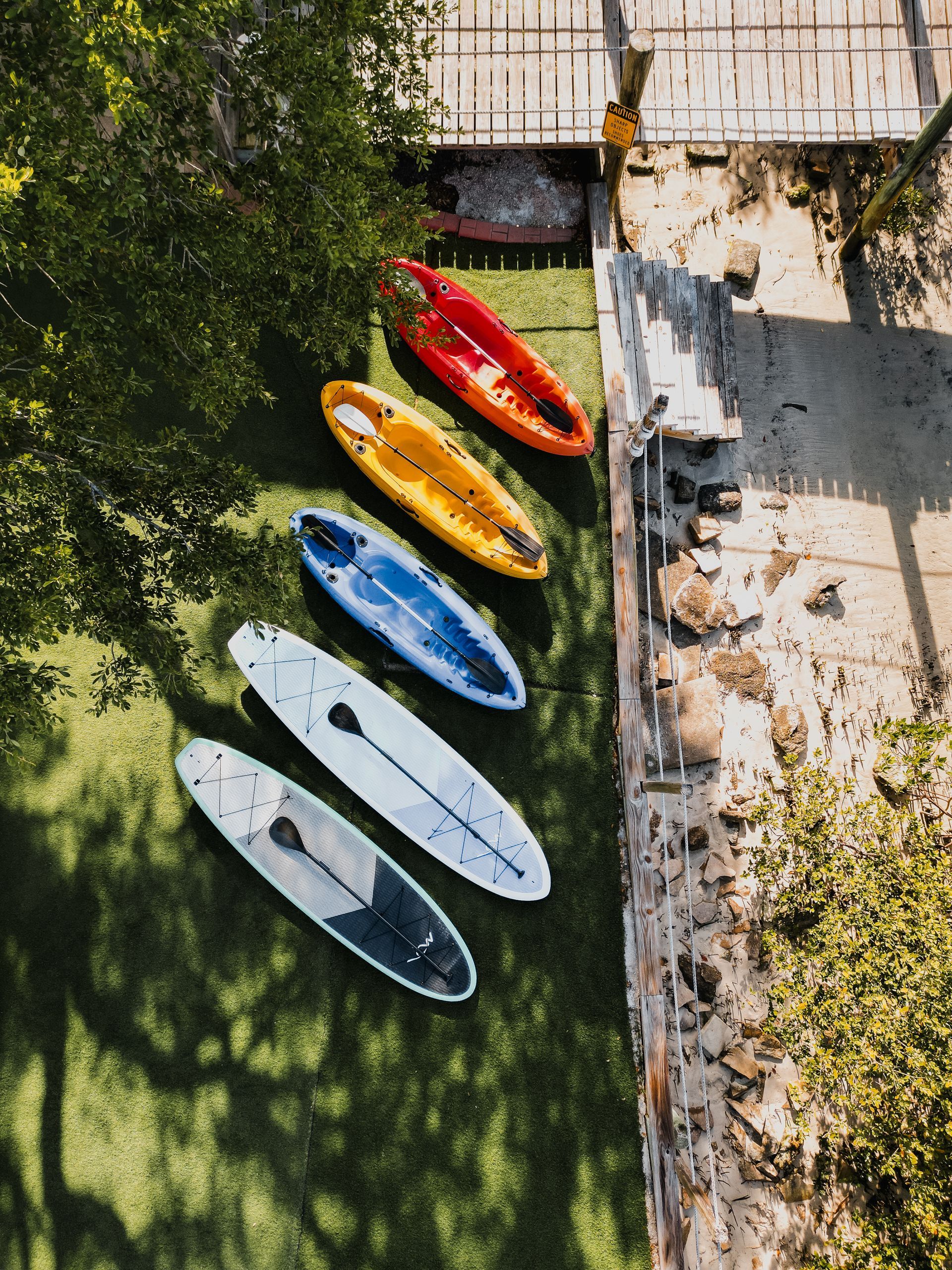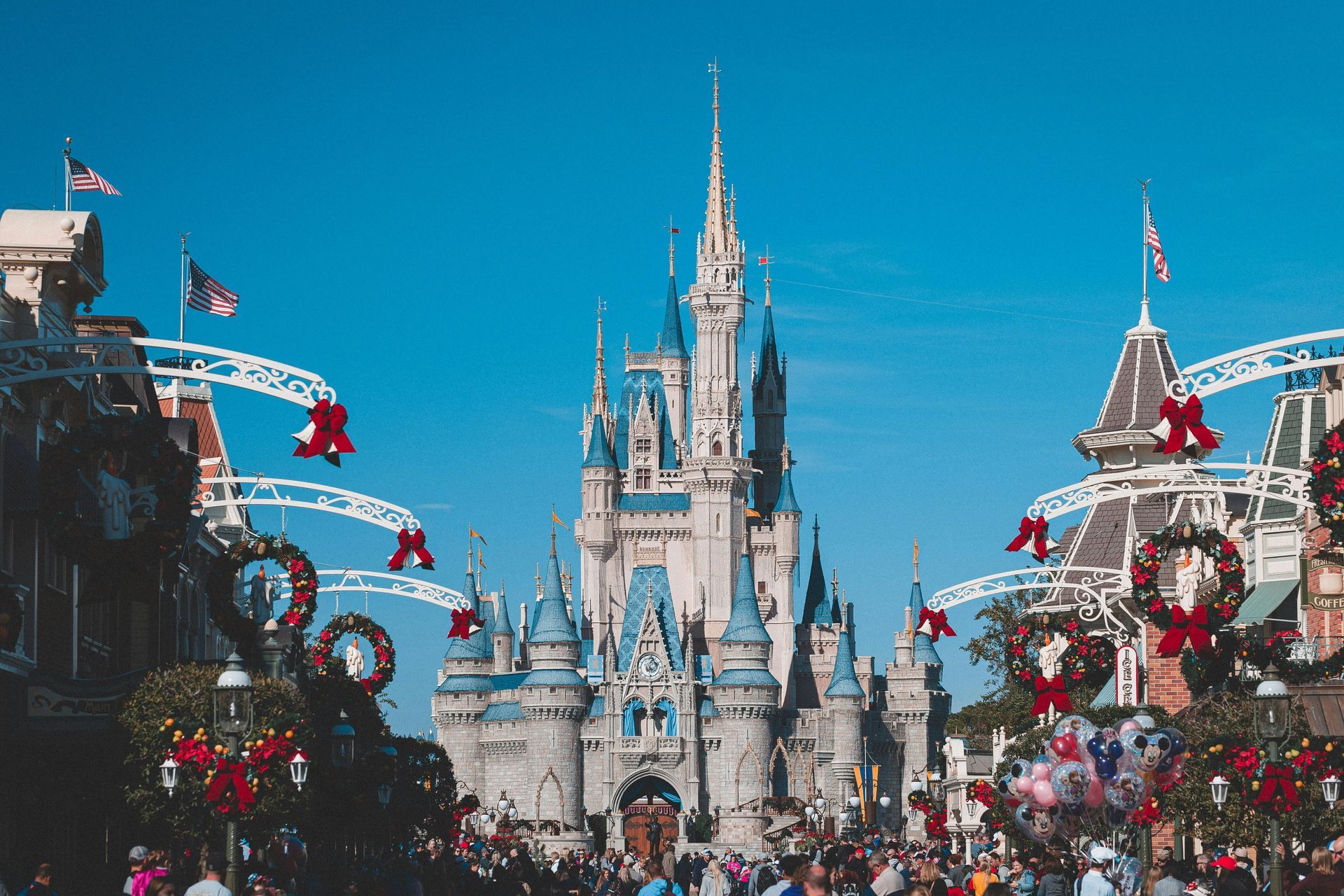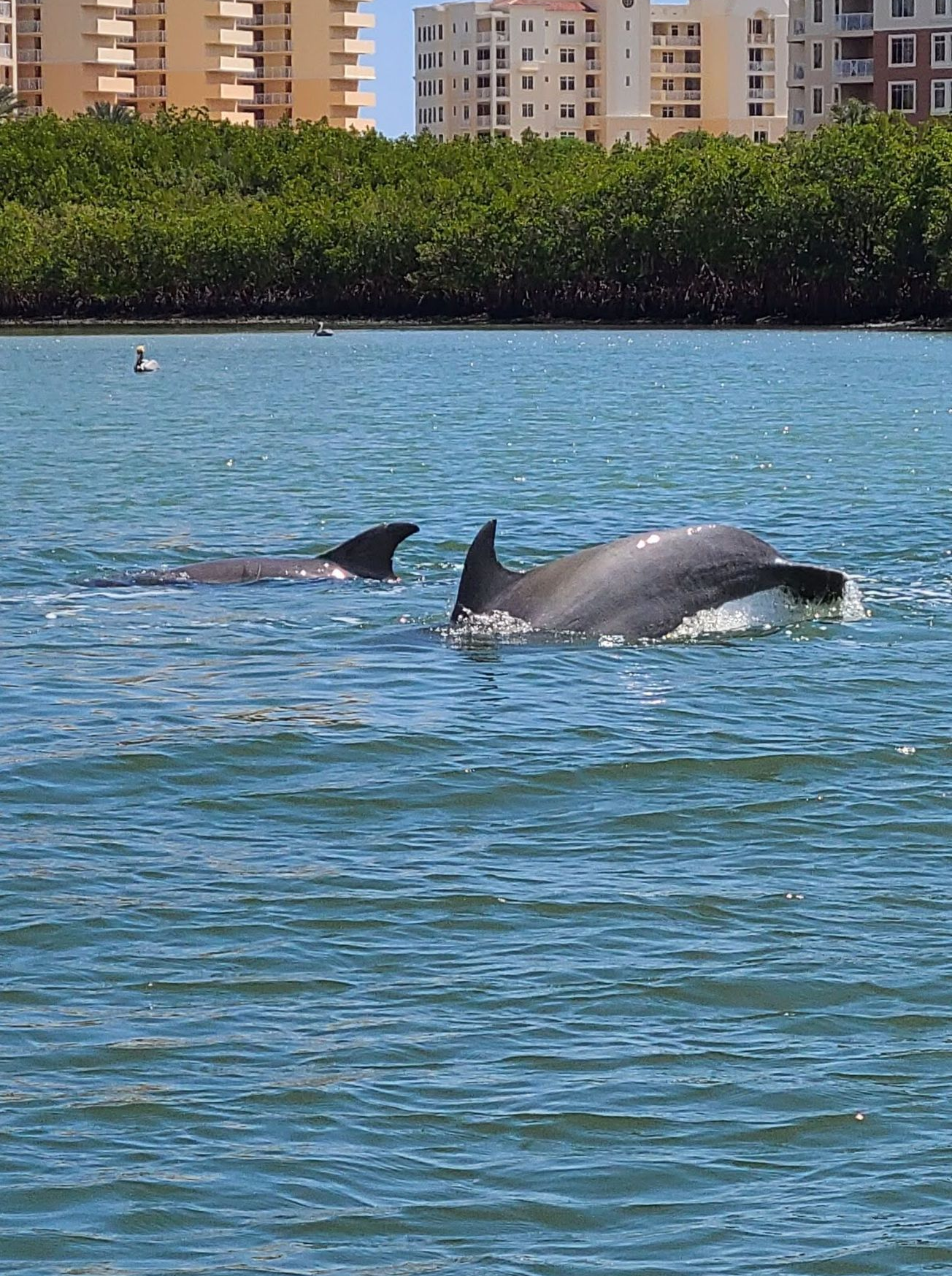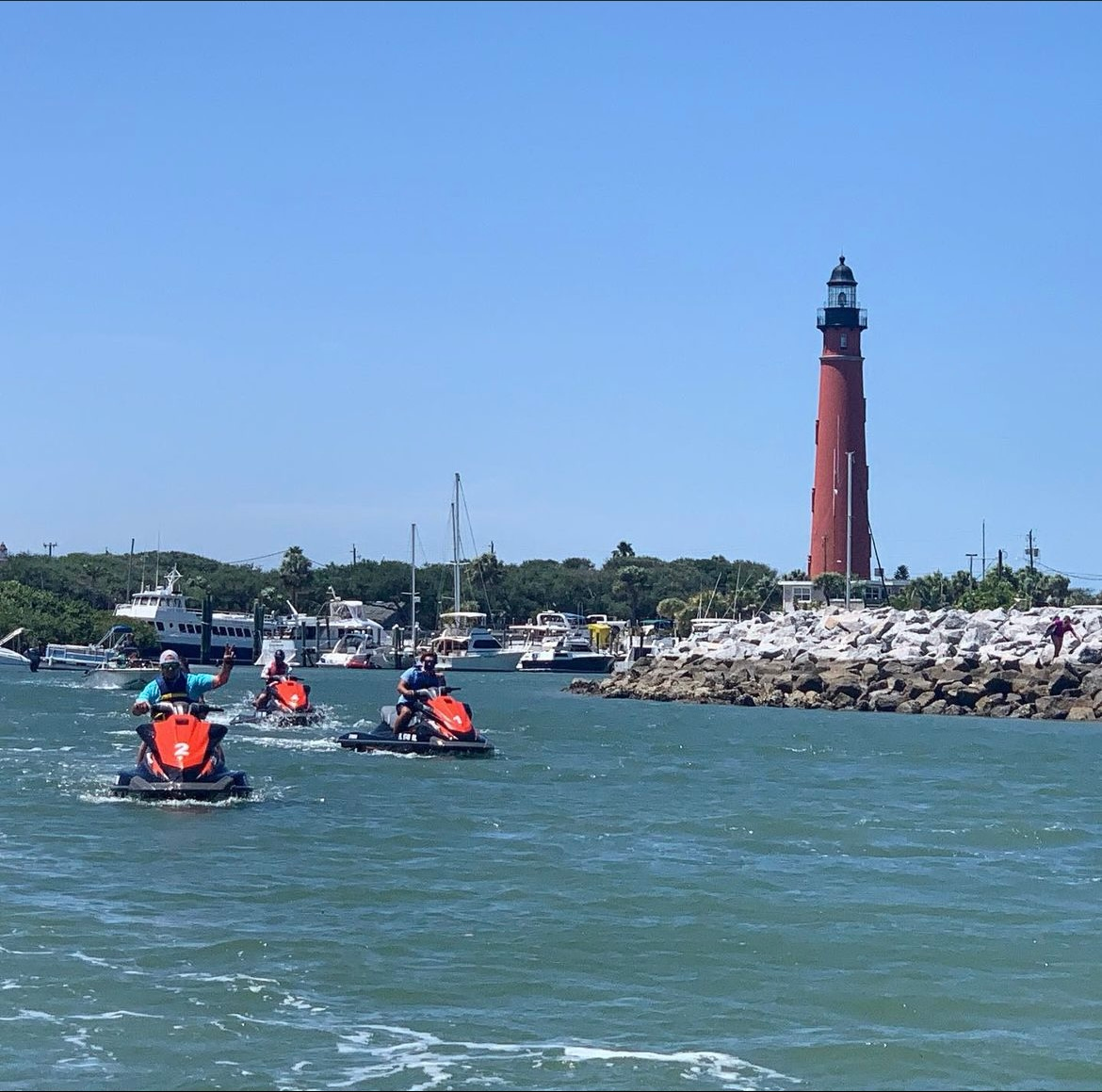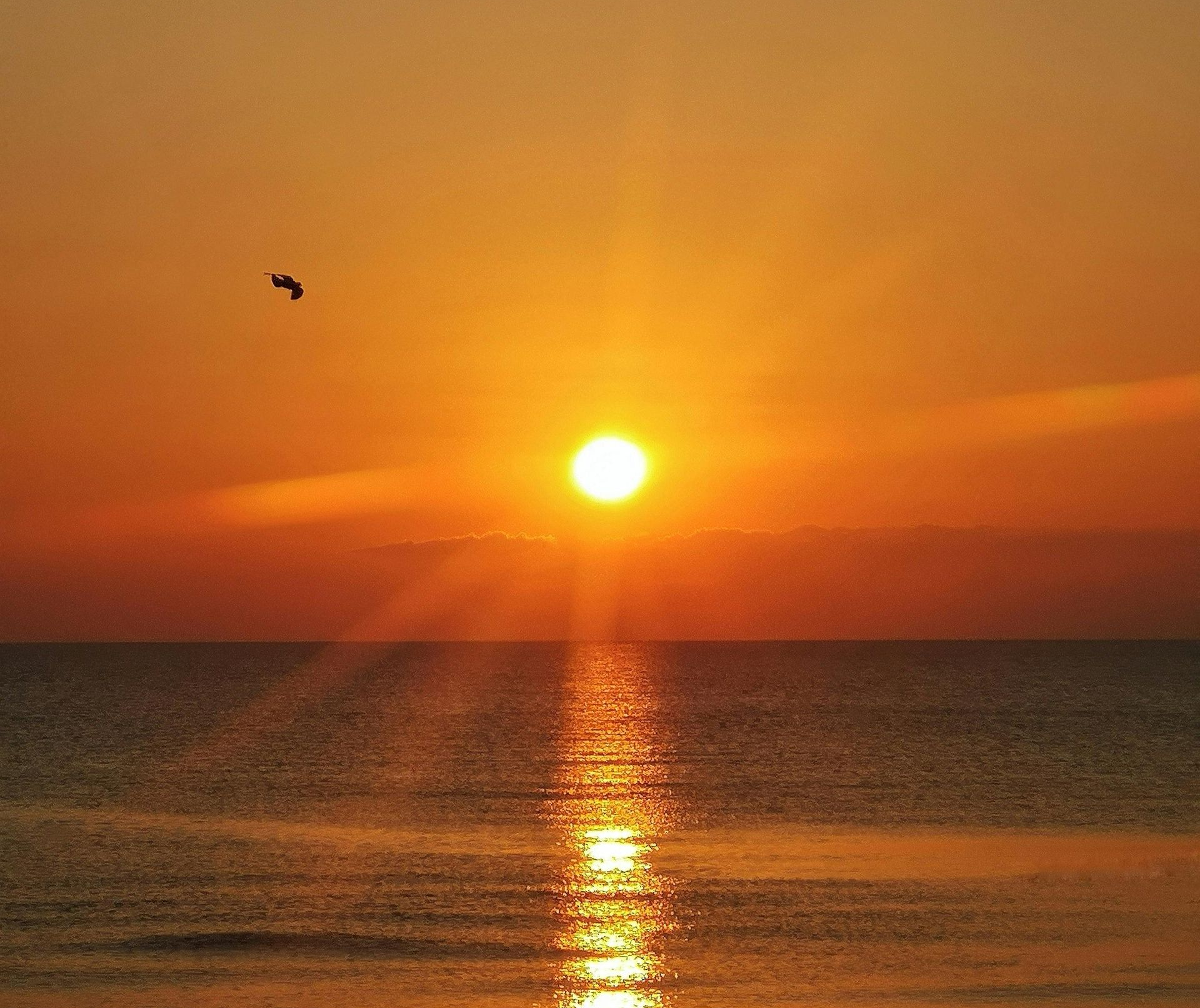How To Spot Manatees During Florida Ecotours
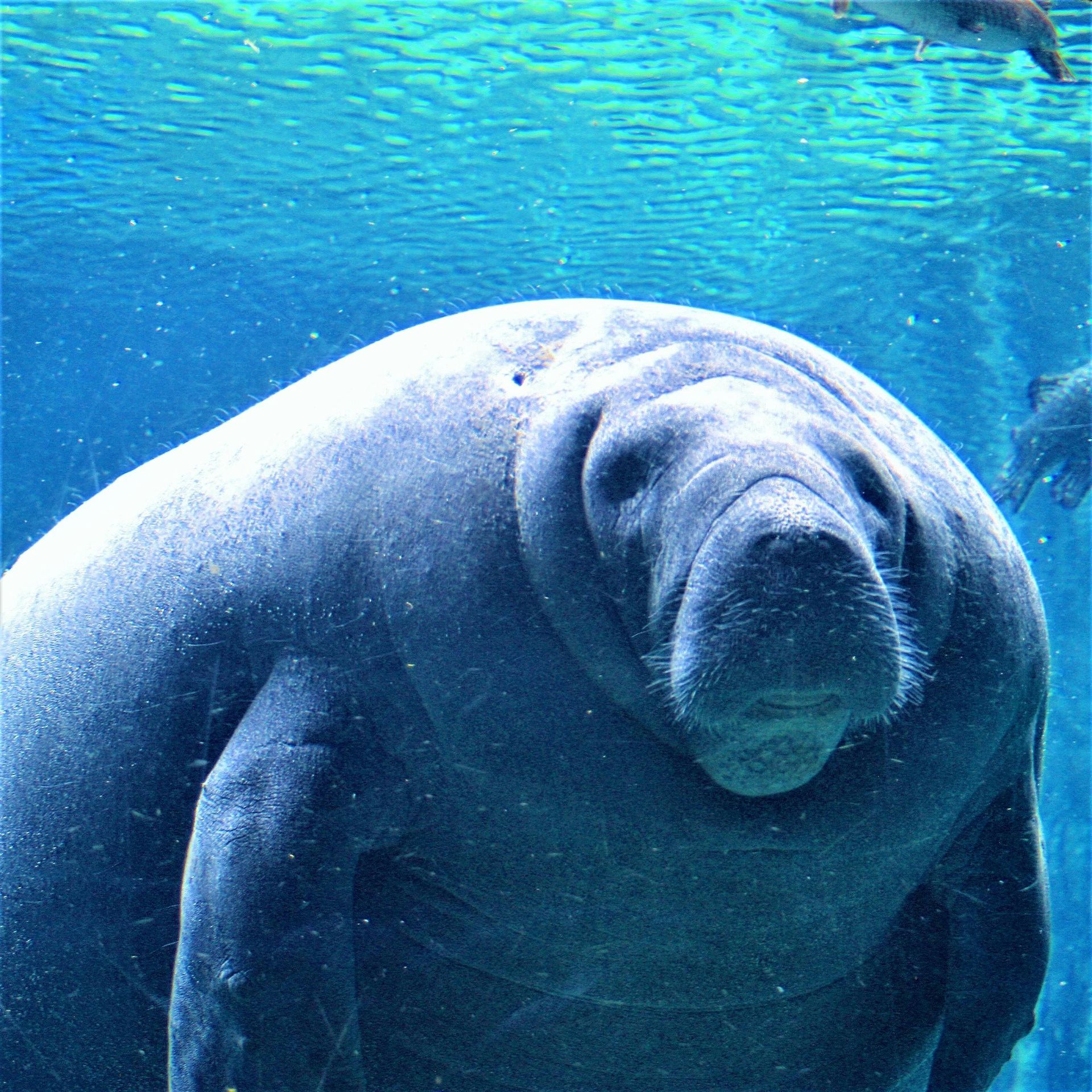
There are few wildlife encounters more magical than seeing a Florida manatee in its natural habitat. These gentle, curious giants, often called "sea cows," glide gracefully through our coastal waters, and spotting one is a highlight for locals and visitors alike.
While luck always plays a part, you can significantly increase your chances of a memorable sighting by knowing what to look for. As Ponce Inlet's ecotour experts, we're sharing our top tips for spotting manatees on the water.
1. Know the Best Time to Look
Manatees are warm-blooded mammals and their behavior is heavily influenced by water temperature.
- Winter (November - March): This is peak manatee-viewing season in many parts of Florida. As coastal waters cool, manatees congregate in warmer areas like natural springs and power plant discharge canals.
- Summer (April - October): During the warmer months, manatees disperse along the coastline to feast on abundant seagrass. This is the perfect time to spot them in the shallow backwaters of the Indian River near Ponce Inlet, often munching on their favorite meal. They can be quite active throughout the day, but mornings are often a great time to find them feeding.
2. Look for Their "Footprint"
Manatees are often spotted just below the surface, and they leave distinct clues for a trained eye. Instead of looking for the whole animal, search for these signs:
- The Snout Ripple: The most common sign is the circular ripple pattern they create on the water's surface when they come up for a breath. Look for a series of expanding rings appearing on calm water.
- The Tail "Footprint": As a manatee's powerful tail propels it forward just under the surface, it creates a large, flat swirl of water that looks like a footprint. Seeing a series of these is a sure sign a manatee is on the move nearby.
- A Large, Slow-Moving Shadow: In clearer, shallow water, you can often spot their large, grey, potato-like shape moving slowly along the bottom.
3. Find Their Food Source
Manatees are herbivores and can eat up to 10-15% of their body weight in vegetation daily! The key to finding manatees is to find their food. Look for shallow, sunny areas known as "flats" where seagrass grows. If you see patches of seagrass, slow down and scan the area carefully.
4. Practice Responsible Viewing
Seeing these incredible animals up close is a privilege, and protecting them is our top priority. Manatees are a protected species under state and federal law. Always follow the golden rule of passive observation.
- Look, but don't touch.
- Never feed or give water to manatees.
- Avoid making loud noises or sudden movements.
- Keep your distance and let them go about their business.
The Best Way to See a Manatee: A Guided Tour
The surest way to have a successful and responsible manatee encounter is to go with a local expert. The captains at Ponce Inlet Watersports have spent years navigating these waters. We know the manatees' favorite feeding grounds, their seasonal habits, and how to approach them safely without disturbing their natural behavior.
Our Dolphin & Manatee Ecotour is specifically designed to maximize your chances of seeing these amazing animals. You can relax and enjoy the scenery while our experienced guides lead you to the best spots, sharing fascinating facts about the local ecosystem along the way.
Ready to meet the gentle giants of Ponce Inlet? Book your ecotour online today and create memories that will last a lifetime!
Recent Posts
